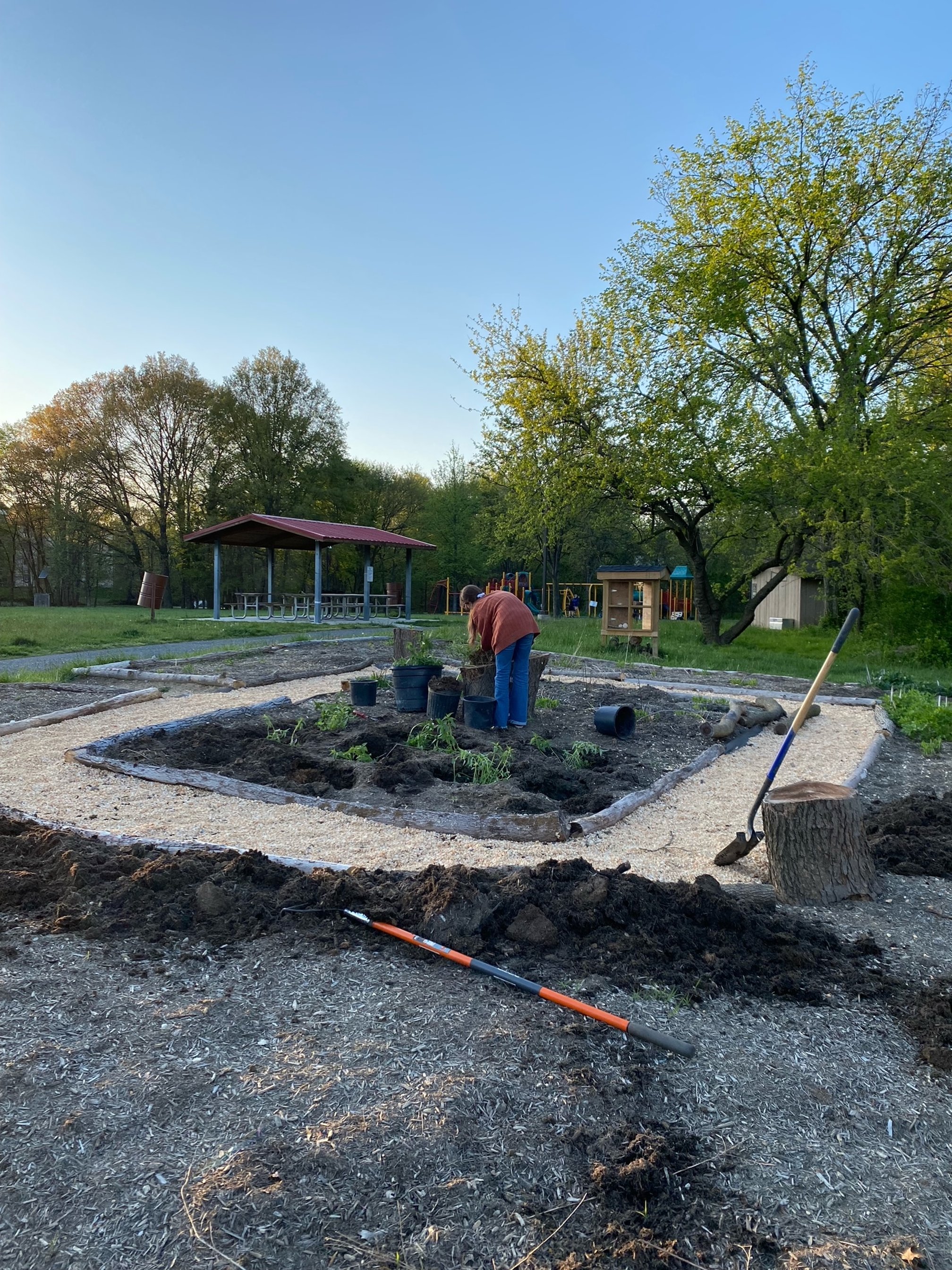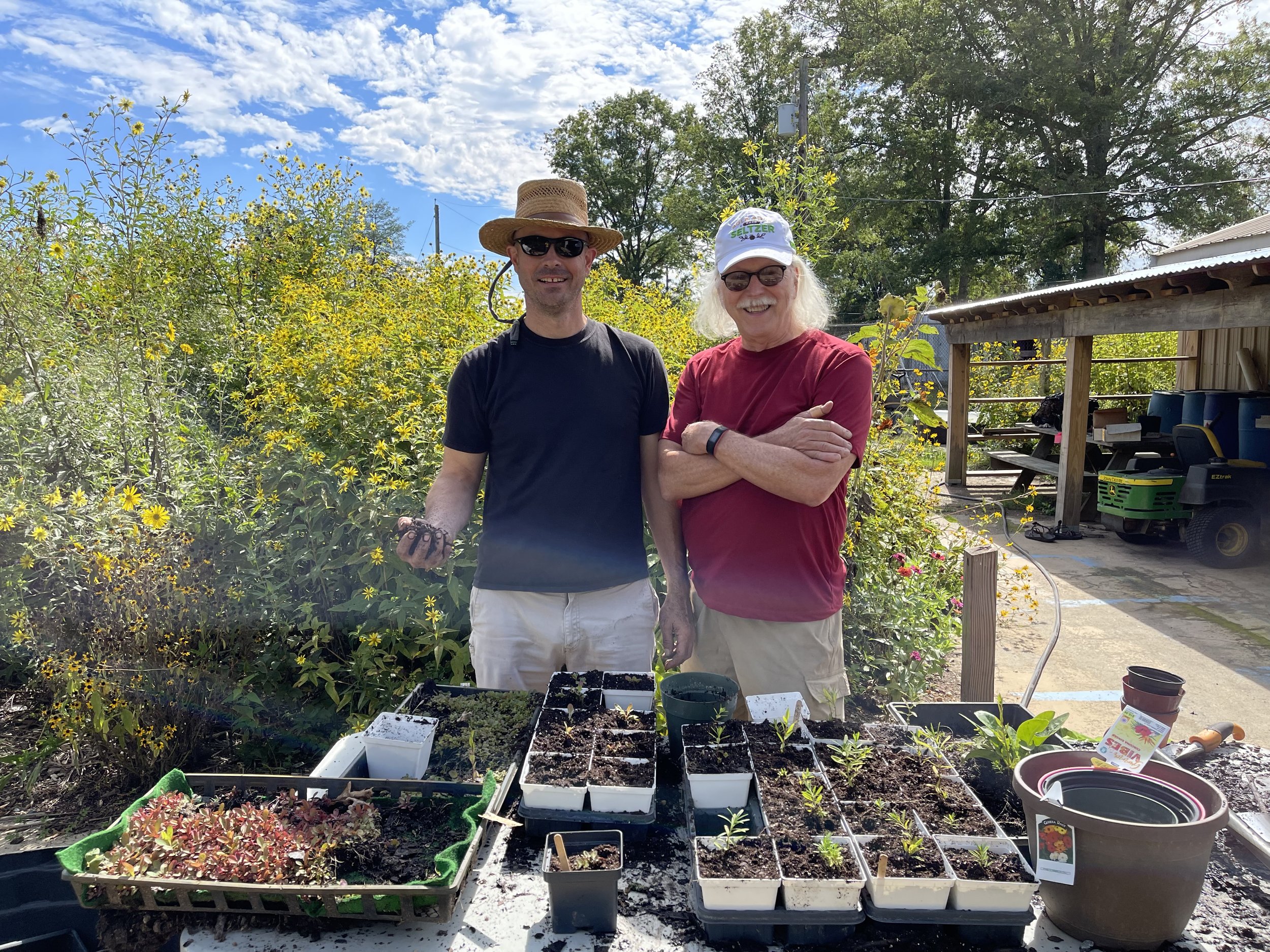
Healthy Native Habitats
Laurel for the Patuxent promotes the planting of native vegetation on public and private property to help conserve biodiversity, reduce harmful stormwater runoff and pesticide use, and beautify neighborhoods naturally. We are part of the Homegrown National Parks movement – a global campaign to regenerate biodiversity by converting lifeless lawns to thriving habitats.
Generally the term garden implies aesthetic design whereas meadow is used to describe a more natural look. Either is preferable to a traditional or “corporate” lawn, which is typically a monoculture of non-native turf grass requiring large amounts of water, harmful pesticide applications and maintenance. Such lawns have been referred to as biological deserts. This aesthetic persists largely because it is ingrained - it’s simply what we grew up with. L4P joins hundreds of organizations and communities across the country and our world in a rapidly expanding movement to adopt a more ecologically enlightened value system and aesthetic that respects and supports all life, including humans, colorfully. Imagine a future where homogeneous carpets of turf grass are transformed into a brilliant palate of colors and forms that help thousands of species avoid extinction. It also requires a lot less labor to maintain, so you can spend more time doing fun and interesting things instead of mowing the lawn. Learn More from UMD extension.
We are creating healthier communities and combating the extinction crisis while fostering a sustainability mindset. Check out our gardens and projects linked above.
-

Sweitzer Native Pollinator Garden
Laurel’s community garden. Come volunteer with us!
-
Laurel Native Habitat Program
Transforming portions of lawns in the community to habitats that support wildlife.
-

Other native gardens around town
The Historical Society, the American Legion, Sturgis Moore Park. Hopefully more to come!
-

Native plant nursery
USGS Bee Inventory and Monitoring Lab on the Patuxent Refuge

